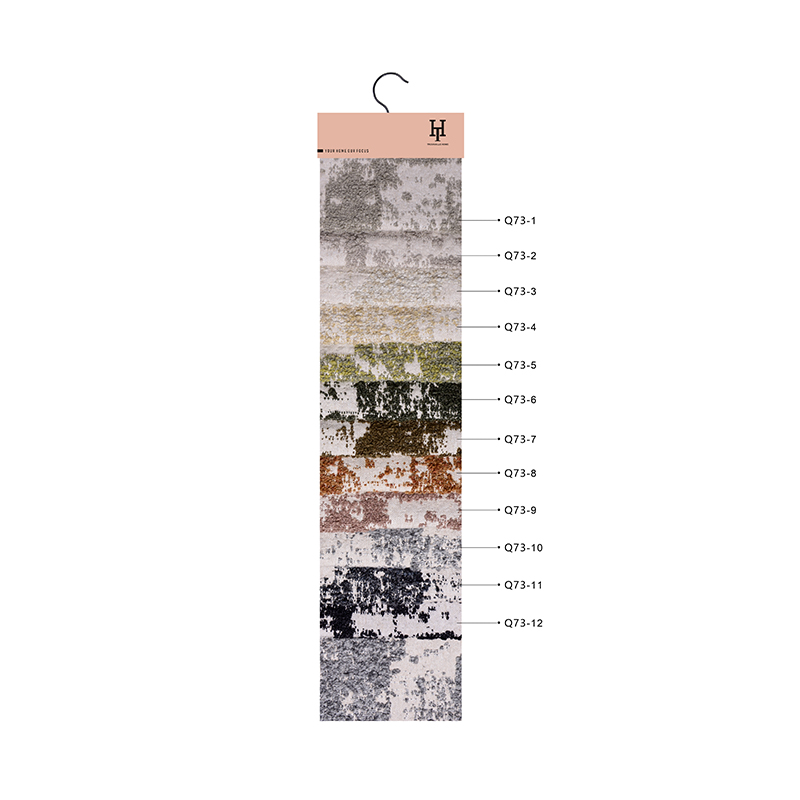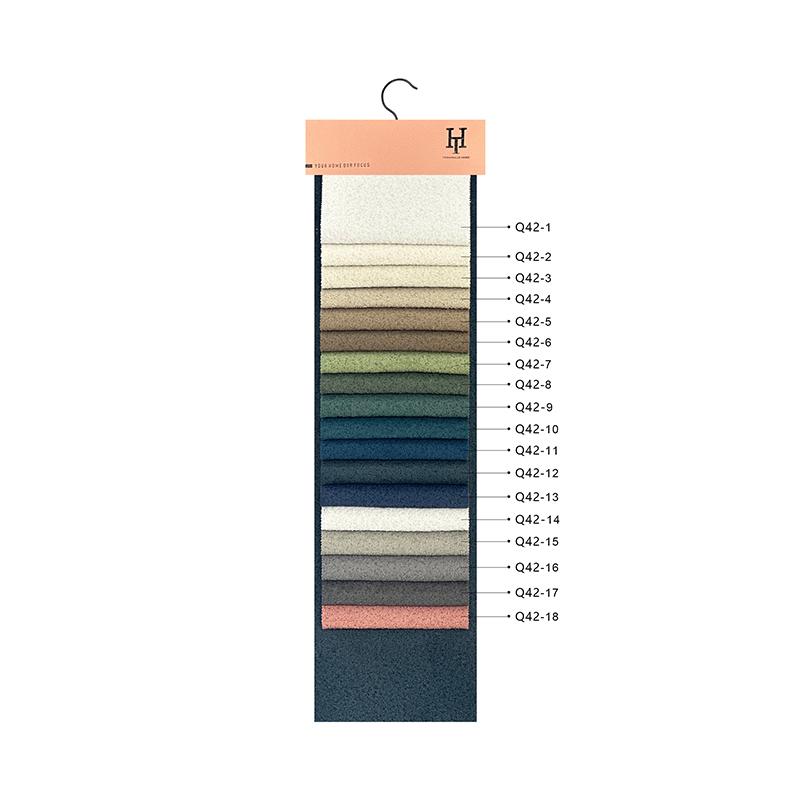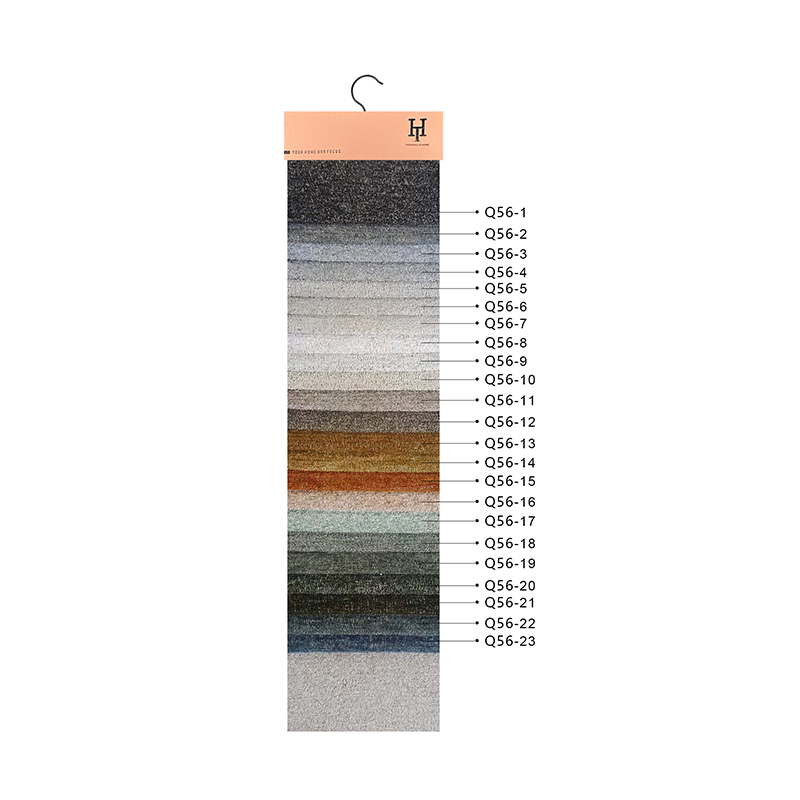How does the environment impact the aging and patina development of leather products?
The environment plays a significant role in the aging and patina development of leather products. Leather is a natural material that can be affected by various environmental factors, leading to changes in its appearance and characteristics over time. Here are some key environmental factors that influence the aging and patina development of leather:
Sunlight and UV Exposure: Prolonged exposure to sunlight and ultraviolet (UV) rays can cause leather to fade and lose its natural oils. This can result in a change in color and a dry, brittle texture. However, some people appreciate the patina that develops through sunlight exposure, considering it a unique and desirable characteristic.
Humidity and Moisture: Low humidity levels can lead to the drying out of leather. When the moisture content in the air is insufficient, the natural oils within the leather evaporate, causing it to lose its flexibility and become stiff. This can result in the development of cracks, wrinkles, and a generally less pliable texture.High humidity, especially in combination with poor ventilation, creates conditions conducive to the growth of mold and mildew on leather. These fungal growths can lead to discoloration, a musty odor, and even structural damage if left untreated. Proper ventilation and maintaining moderate humidity levels are crucial for preventing mold and mildew on leather items.Excessive moisture can cause color changes in leather, particularly in dyed or finished products. Water exposure may lead to bleeding of dyes, fading, or uneven discoloration. Light-colored leathers are especially susceptible to showing water stains and may develop a darker appearance when exposed to moisture.
Temperature Changes: Extreme temperatures can affect leather by causing it to expand and contract. Rapid changes in temperature can contribute to the development of cracks and wrinkles. Storing leather items in a cool, dry place and avoiding exposure to extreme heat or cold can help mitigate these effects.
Air Quality: Poor air quality, including exposure to pollutants and chemicals, can harm leather. Smoke, fumes, and pollutants in the air can lead to discoloration and deterioration of the leather's surface. Storing leather items in a clean environment and keeping them away from sources of pollution can help preserve their appearance.
Usage and Handling: The way leather products are used and handled also contributes to their aging process. Regular use, friction, and contact with oils from the skin can enhance the development of a desirable patina. Over time, leather may develop a sheen and softness in areas that experience more frequent contact.
Care and Maintenance: Proper care and maintenance, including regular cleaning and conditioning with suitable leather care products, can significantly impact the aging process. Conditioning helps replenish the natural oils in the leather, keeping it supple and preventing excessive dryness.
The environment can either enhance or degrade the quality of leather products over time. Proper care, storage, and awareness of environmental factors can contribute to the development of a unique and appealing patina, making well-maintained leather items improve with age.





















